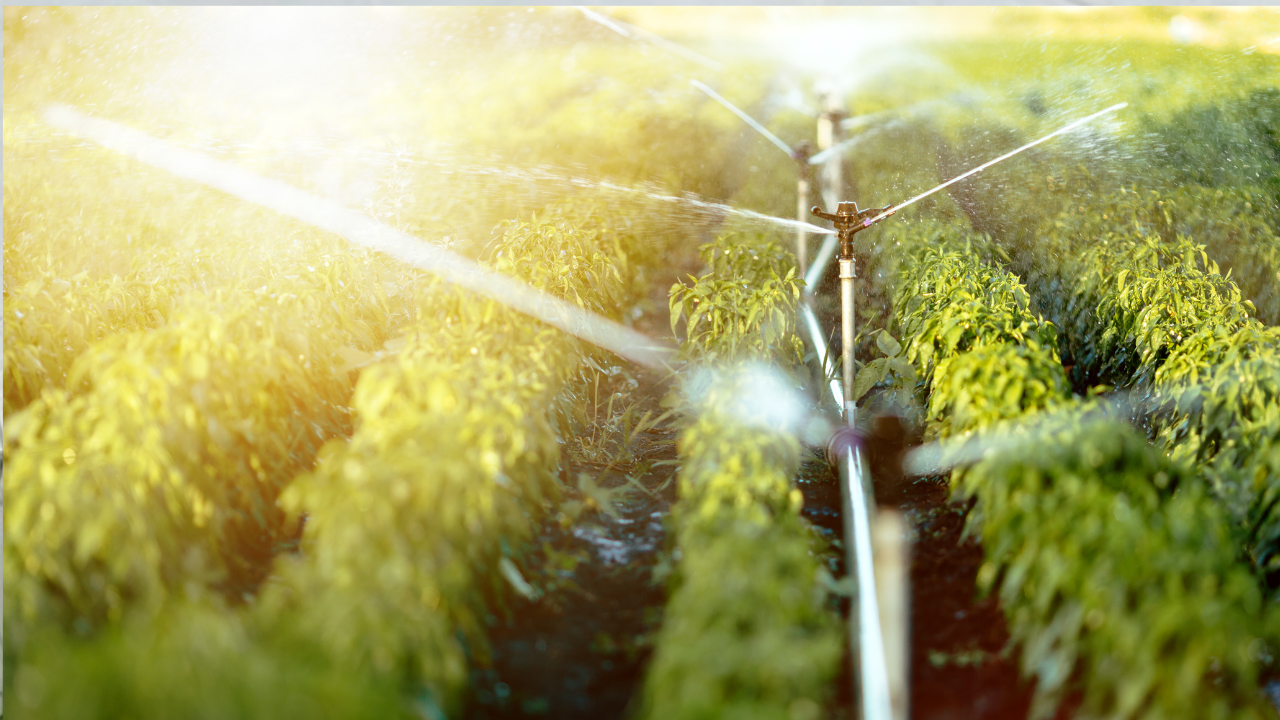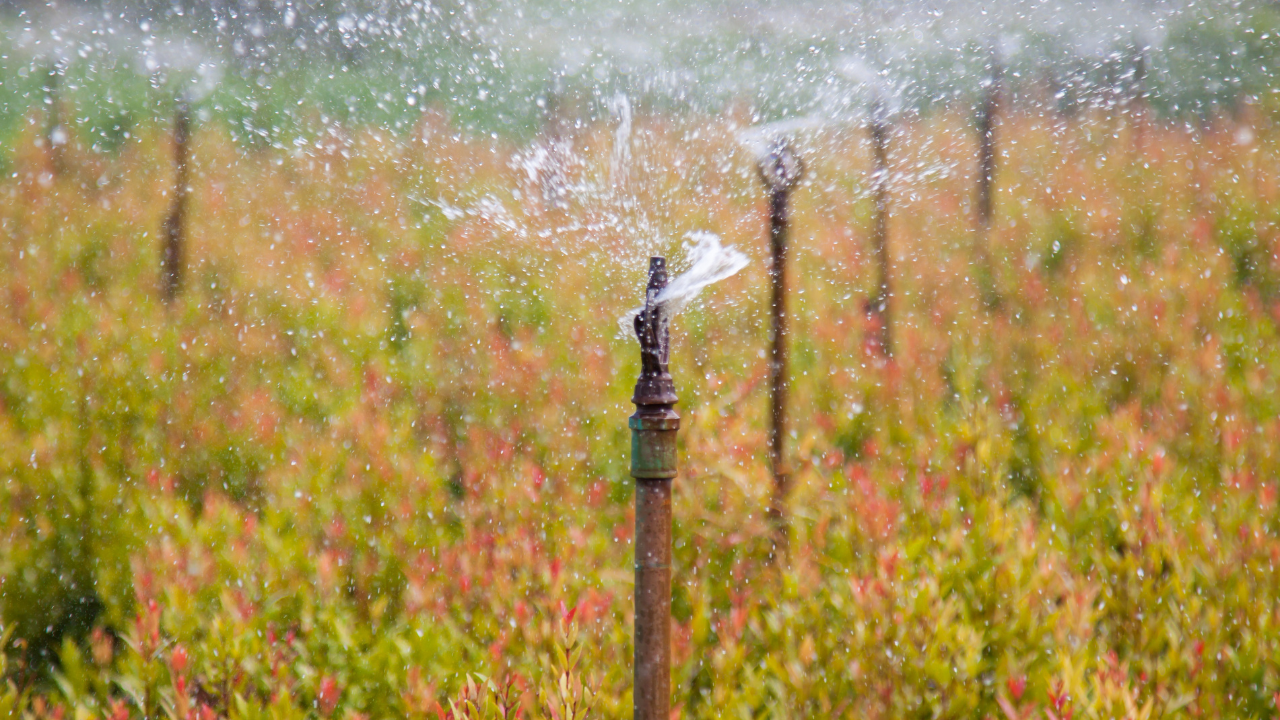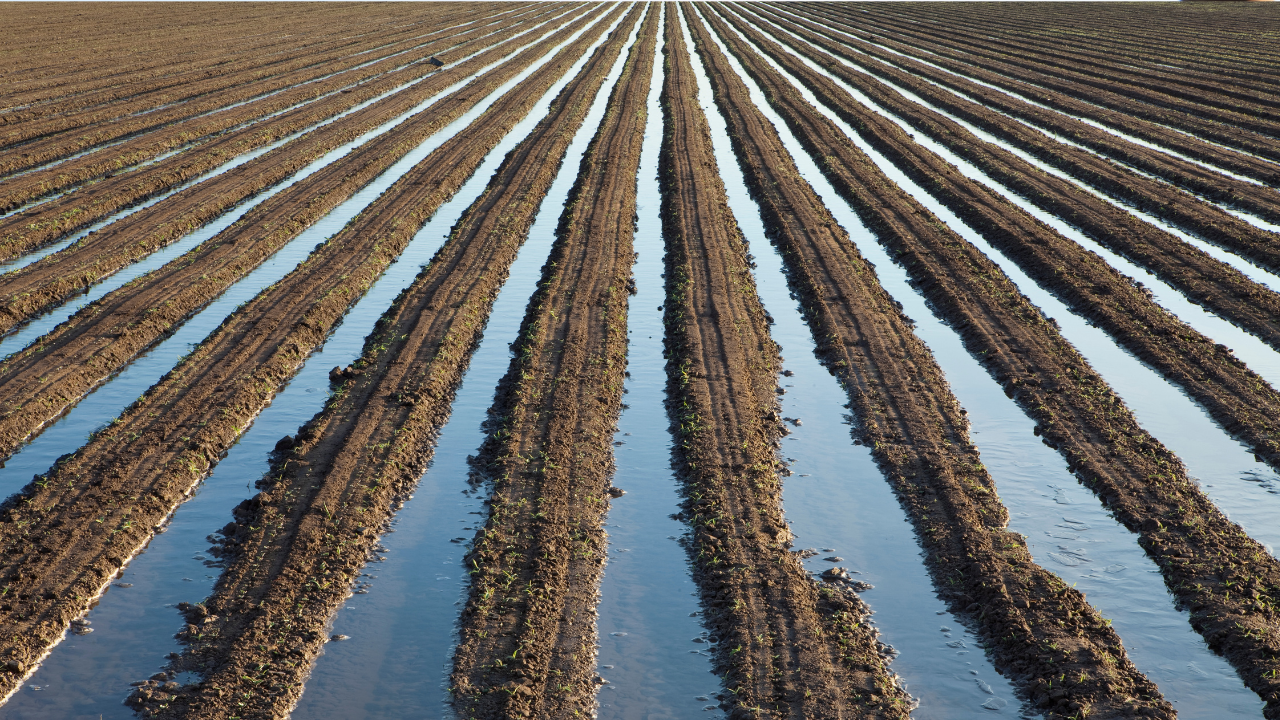As farmers, we understand the pivotal role that effective irrigation plays in agricultural productivity. A well-structured irrigation system can dramatically improve crop yields and resource efficiency. At the heart of these systems are hoses, the essential conduits of water that nurture our fields.
1. Introduction to Irrigation Hoses
Irrigation hoses are designed to transport water efficiently from a source to crops. The right hose can enhance water delivery, reduce wastage, and improve the overall health of your crops. In this article, we will delve into the various types of hoses available, their advantages, maintenance tips, and the superior offerings from Alhandasih.com.
2. Types of Hoses Used in Irrigation Systems
Understanding the different types of irrigation hoses is essential for making the best choice for your farm. Here are the most commonly used types:
2.1 PVC Hoses
Polyvinyl Chloride (PVC) hoses are popular in irrigation systems due to their durability and lightweight nature.
- Cost-Effective: PVC hoses are generally less expensive than rubber alternatives.
- Lightweight: They are easy to handle and transport, making them suitable for farmers with large fields.
- Resistance: PVC hoses resist kinks and abrasions, providing longevity and reliability.
Applications: PVC hoses are ideal for both surface and subsurface irrigation, especially in smaller-scale operations.
2.2 Rubber Hoses
Rubber hoses are known for their flexibility and resilience, making them a preferred choice for many farmers.
- Durability: Rubber hoses can withstand harsh weather conditions and are less prone to wear and tear.
- High Pressure: They can handle higher water pressures, making them suitable for more extensive irrigation systems.
- Temperature Resistance: Rubber hoses perform well in both hot and cold climates, maintaining flexibility.
Applications: These hoses are ideal for farms that require robust irrigation systems, such as those with larger land areas or specific crop types.
2.3 Flexible Hoses
Flexible hoses are versatile and can be easily maneuvered to fit various irrigation setups.
- Ease of Use: Their flexibility allows farmers to navigate around obstacles and adapt to different field layouts.
- Variety: They come in various diameters and lengths, offering customization options for different irrigation needs.
Applications: Flexible hoses are ideal for gardens, small farms, and areas where terrain varies.
2.4 UV-Resistant Hoses
UV-resistant hoses are specially designed to withstand sun exposure, ensuring longevity and reliability.
- Longevity: These hoses are less likely to degrade under sunlight, extending their lifespan.
- Consistency: They maintain their flexibility and strength even after prolonged exposure to UV rays.
Applications: Perfect for surface irrigation systems that are exposed to direct sunlight, making them a great choice for many farms.
3. How to Choose the Right Hose
Selecting the right hose for your irrigation system involves considering several factors:
3.1 Based on Crop Type
Different crops may require varying amounts of water and irrigation methods.
- High Water Demand: For water-intensive crops like rice or corn, durable rubber or flexible hoses may be necessary.
- Low Water Demand: For drought-resistant crops, lighter PVC hoses can suffice.
3.2 Based on Land Size
The size of your farmland is another crucial factor.
- Small to Medium Farms: PVC or flexible hoses work well, offering portability and ease of use.
- Large Farms: Rubber or UV-resistant hoses are better suited for durability and handling higher pressure.
3.3 Based on Irrigation System Type
Different irrigation systems may require specific hose types.
- Drip Irrigation: Flexible hoses or specialized drip tubing are ideal for direct delivery to roots.
- Sprinkler Systems: PVC or rubber hoses effectively distribute water over larger areas.
4. Tips for Hose Maintenance
To ensure your irrigation hoses remain in optimal condition, consider the following maintenance tips:
4.1 How to Store Hoses
- Avoid Kinking: Store hoses without sharp bends to prevent kinks and damage.
- Dry Storage: Ensure hoses are dry before storage to prevent mold and mildew growth.
4.2 Regular Cleaning of Hoses
- Flush Regularly: Periodically flush hoses with clean water to remove debris.
- Inspect for Blockages: Check and remove any clogs that may impede water flow.
4.3 Checking Hoses for Tears or Leaks
- Regular Inspections: Frequently inspect hoses for signs of wear or leaks.
- Quick Repairs: Address issues immediately with proper repair kits to prolong hose life.
5. Advantages of Alhandasih.com Products
At Alhandasih.com, we pride ourselves on providing high-quality irrigation hoses that meet the diverse needs of farmers.
5.1 High Quality
Our hoses are manufactured with the highest standards in mind, ensuring durability and reliability.
5.2 Eco-Friendly Materials
We are committed to sustainability. Our hoses are made from eco-friendly materials, reducing the environmental impact.
5.3 Innovative Designs
Our hoses feature innovative designs tailored to modern agricultural needs. We continuously adapt our products to incorporate the latest technology.
6. Market Trends Affecting Irrigation Choices
Understanding current market trends can also aid in your hose selection process.
6.1 Climate Changes Affecting Farmers’ Choices
With climate change impacting weather patterns, farmers must choose hoses that can adapt to varying conditions.
6.2 The Trend Towards Sustainable Irrigation Systems
As sustainability becomes a priority, more farmers are opting for irrigation systems that minimize water usage and reduce waste.



